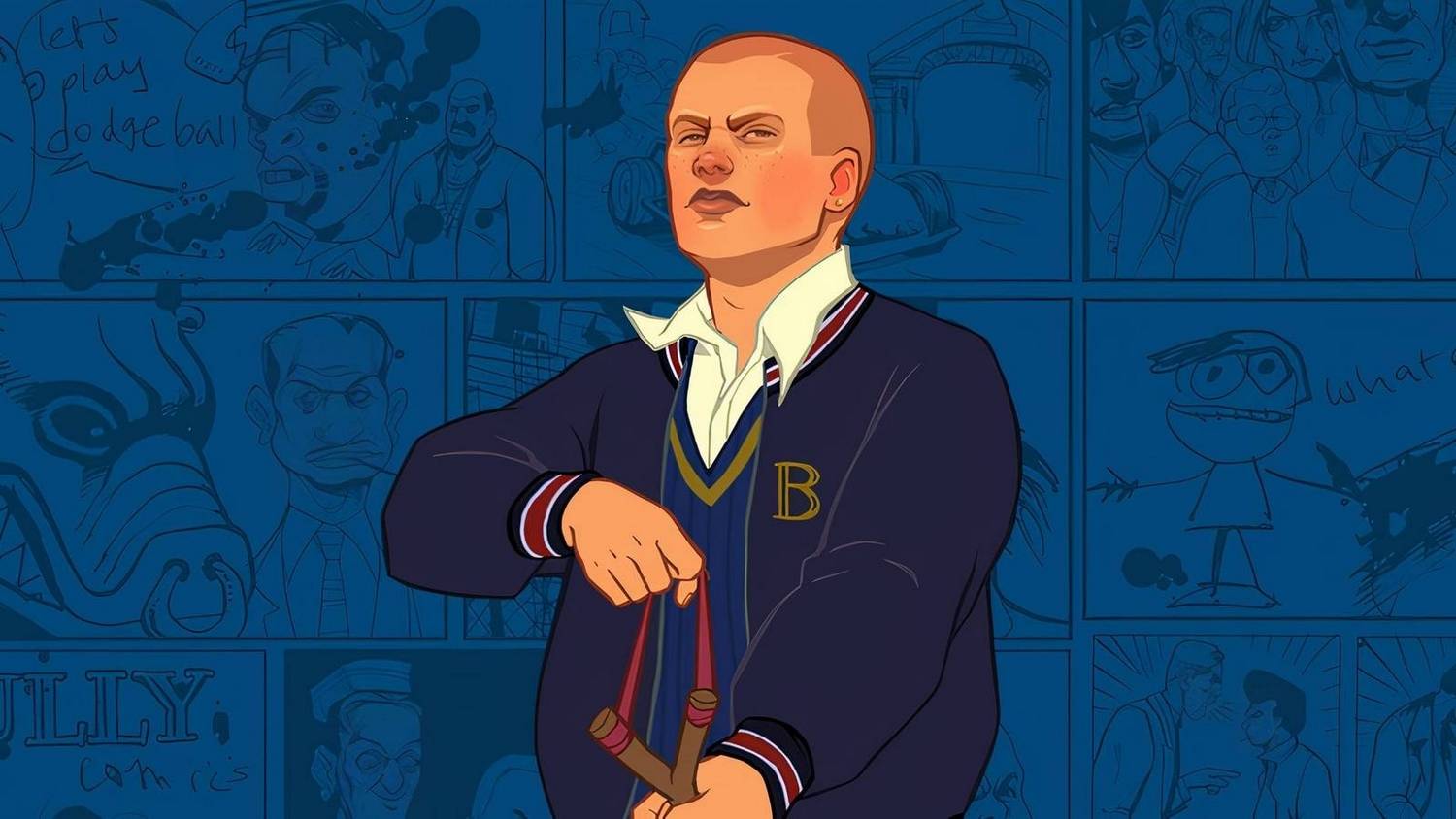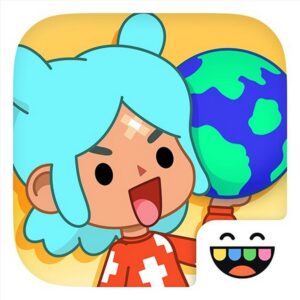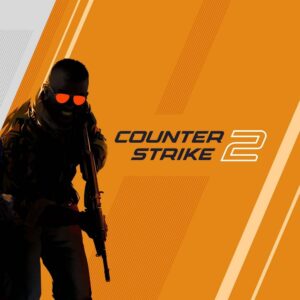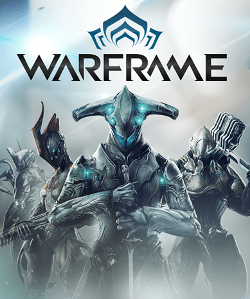The Definitive Truth: Why Rockstar Games Canceled Bully 2 and the High Cost of AAA Resource Allocation
Popular Now
 Free Fire
Free Fire
 Rust
Rust
 Among Us
Among Us
 EA SPORT FC 25
EA SPORT FC 25
 Minecraft
Minecraft
 Valorant
Valorant
 Poppy Playtime
Poppy Playtime
 Auto X Drift Racing 3
Auto X Drift Racing 3
 Garena Free Fire: Kalahari
Garena Free Fire: Kalahari
 Toca Boca World
Toca Boca World

The question of whether Bully 2 would ever see the light of day has been one of the most persistent, and perhaps agonizing, mysteries in modern video game development. For years, rumors, alleged leaks, and cryptic developer comments fueled hope for a sequel to the beloved 2006 title. However, the definitive reason for the project’s demise has now been confirmed by one of the most critical figures in its history, painting a clear picture of the brutal reality of AAA resource management in the lead-up to the industry’s most ambitious projects. The cold, hard truth is that the sequel to Bully fell victim to a simple but immovable challenge: bandwidth issues within Rockstar Games’ senior creative leadership.
This clarity, provided by Rockstar co-founder Dan Houser, cuts through the years of speculation surrounding the cult classic’s fate. The initial project, which was in active development, was not shelved due to creative bankruptcy or a lack of internal enthusiasm, but rather because the company simply did not possess the necessary high-level creative team bandwidth to successfully oversee three major AAA titles simultaneously. When faced with the immense scope of other projects, Bully 2—despite its unique concept and dedicated fanbase—was the casualty of a difficult but necessary corporate triage.
 The Bandwidth Conundrum: Dan Houser’s Candid Explanation on Development Focus
The Bandwidth Conundrum: Dan Houser’s Candid Explanation on Development Focus
During a recent public appearance, Dan Houser offered an unusually candid explanation for the sequel’s premature end, a response that directly links the cancellation to resource constraints at the highest levels of the company. Houser explained that at the time, the core creative leadership was small, and their capacity was strictly limited.
“I think it was just bandwidth issues,” Houser stated. “If you’ve got a small lead creative team and a small senior leadership crew, you just can’t do all the projects you want.”
This explanation is profoundly revealing about the operational dynamics of a studio that, even in the late 2000s and early 2010s, was rapidly scaling its ambitions. For a creative director or lead writer, splitting focus between monumental efforts like Red Dead Redemption and smaller, character-driven works like Bully 2 became an untenable position. The intellectual and managerial overhead required to maintain the quality standards synonymous with the Rockstar Games brand proved too demanding, forcing the studio to make difficult choices regarding their IP portfolio management.
 The AAA Conflict: Why Red Dead Redemption and Max Payne 3 Took Precedence
The AAA Conflict: Why Red Dead Redemption and Max Payne 3 Took Precedence
The internal reports and developer testimony from former Rockstar New England employees further detail the immediate causes of the project’s collapse. Development on Bully 2 reportedly lasted between one and eighteen months, culminating in a semi-playable build utilizing the proprietary RAGE engine. The initial vision was grand, featuring enhanced NPC interactions, a world where the player could enter nearly every building, and a complex morality system—ideas that were highly ambitious for the time.
However, around this period, Rockstar Games required a substantial reallocation of personnel to shore up the development of two other flagship releases:
- Red Dead Redemption: This sprawling open-world western required massive human resources, particularly as it entered its critical development phase.
- Max Payne 3: A complex, third-person shooter requiring specialized expertise, particularly around its unique physics and narrative structure.
As the studio prioritized these imminent, high-stakes releases, development teams were cannibalized. Many developers working on the Bully 2 prototype were moved to fill roles on Red Dead Redemption and Max Payne 3. This massive, necessary staff transfer effectively killed the momentum for the Bully sequel. In the world of game development budget and scheduling, losing critical personnel, especially lead designers and programmers, is often a death blow from which a project cannot recover, regardless of its creative potential.
Legacy and Lost Potential: The Tech That Survived Bully 2
While Bully 2 itself never materialized, its fleeting development period was not entirely without consequence. The time and resources invested were not completely wasted, as key technological innovations prototyped for the sequel found their way into later, more successful Rockstar titles. This is a common, if bittersweet, occurrence in the software development life cycle.
The technological contributions reportedly included:
- Dynamically Breaking Glass: Advanced environmental destruction mechanics related to glass surfaces, enhancing realism and player interaction.
- Advanced NPC Memory: A system allowing non-player characters to remember and react to specific, complex player behaviors over long periods, lending more depth to the open world.
These features, refined and integrated into titles like Red Dead Redemption 2, underscore the innovative nature of the Bully 2 team. The project served as a valuable, albeit expensive, test bed for technologies that would later become staples of the studio’s signature open-world realism, ultimately boosting the monetization potential of their top-tier franchises.
The Evolution of Rockstar’s Development Model and Financial Imperatives
The resource issues of the late 2000s are compounded by the modern Rockstar business model. The success of Grand Theft Auto V and the unprecedented, sustained revenue stream from Grand Theft Auto Online fundamentally shifted the company’s financial imperatives. Today’s AAA games are not just single releases; they are multi-year, multi-studio “supergames” requiring all available resources to meet shareholder expectations for billion-dollar returns.
The current landscape, dominated by the colossal development cycles of Grand Theft Auto VI and the continuous support for GTA Online, means that resources are centralized, and the risk threshold for new IP investment is extremely high. A sequel to Bully, while creatively appealing and highly demanded by a dedicated segment of the gaming community, is now viewed through a lens of opportunity cost. The time, personnel, and capital that would be dedicated to Bully 2 are instead deemed more valuable when entirely focused on maximizing the quality and, crucially, the financial performance of their guaranteed billion-dollar franchises.
The unfortunate reality is that in the modern era of multi-billion dollar digital revenue streams, a title like Bully 2 is considered a relatively high-risk, low-reward venture compared to the near-certainty of a new Grand Theft Auto or Red Dead Redemption installment. The revelation from Dan Houser confirms that this resource prioritization, while initially necessary for RDR1 and Max Payne 3, ultimately became the long-term operational standard, sealing the fate of Jimmy Hopkins’ return to Bullworth.
While the door to a spiritual successor or a long-delayed return is never entirely closed in the fickle video game market, Houser’s comments serve as a final, definitive epitaph for the Bully 2 project as we knew it, confirming that a lack of internal development capacity was the critical factor in its ultimate cancellation.









